
For the past eighteen months I have worn an Apple Watch. While it pains me to forego the former love of my life, an IWC Pilot Chronograph, the attractions of the Watch are just too compelling.
Health monitoring is the primary reason I am hooked on the Watch. At a pinch I could manage without the other benefits, such as notifications of messages and emails, but I am reluctant to be parted from the Watch’s health monitoring capabilities for more than the hour or so that it takes to charge the device.
Fitness tracking

Fitness tracking is just one of the useful aspects of health monitoring. It complements the sensors in my iPhone, intelligently avoiding duplication, but also compensating for when I am not carrying the phone. And the latest Watch 2 incorporates GPS to further add to accuracy.
Step monitoring is something I’ve been keen on for over six years (during four of which I used a mechanical pocket pedometer, manually entering the data every seven days) and maintaining a spreadsheet of results. I have absolutely no doubt that this monitoring has pushed up my exercise. I aim for 10,000 steps a day and now consistently average four miles a day of walking — that’s four miles on every single day, nearly 1,500 miles a year. Obviously this means days when I have to walk, say, ten miles to compensate for others when I manage no more than a few yards. Without monitoring and pushing to achieve goals I would be stretched to walk half as far on average.
Not only does step monitoring motivate, it prompts me to walk instead of drive or to get off the train or bus earlier and continue on foot. I am always striving for those 10,000 steps which are said to be the minimum goal for a healthy adult. Some of my younger friends set 15,000 or even 20,000 and achieve it consistently.
Heart monitoring
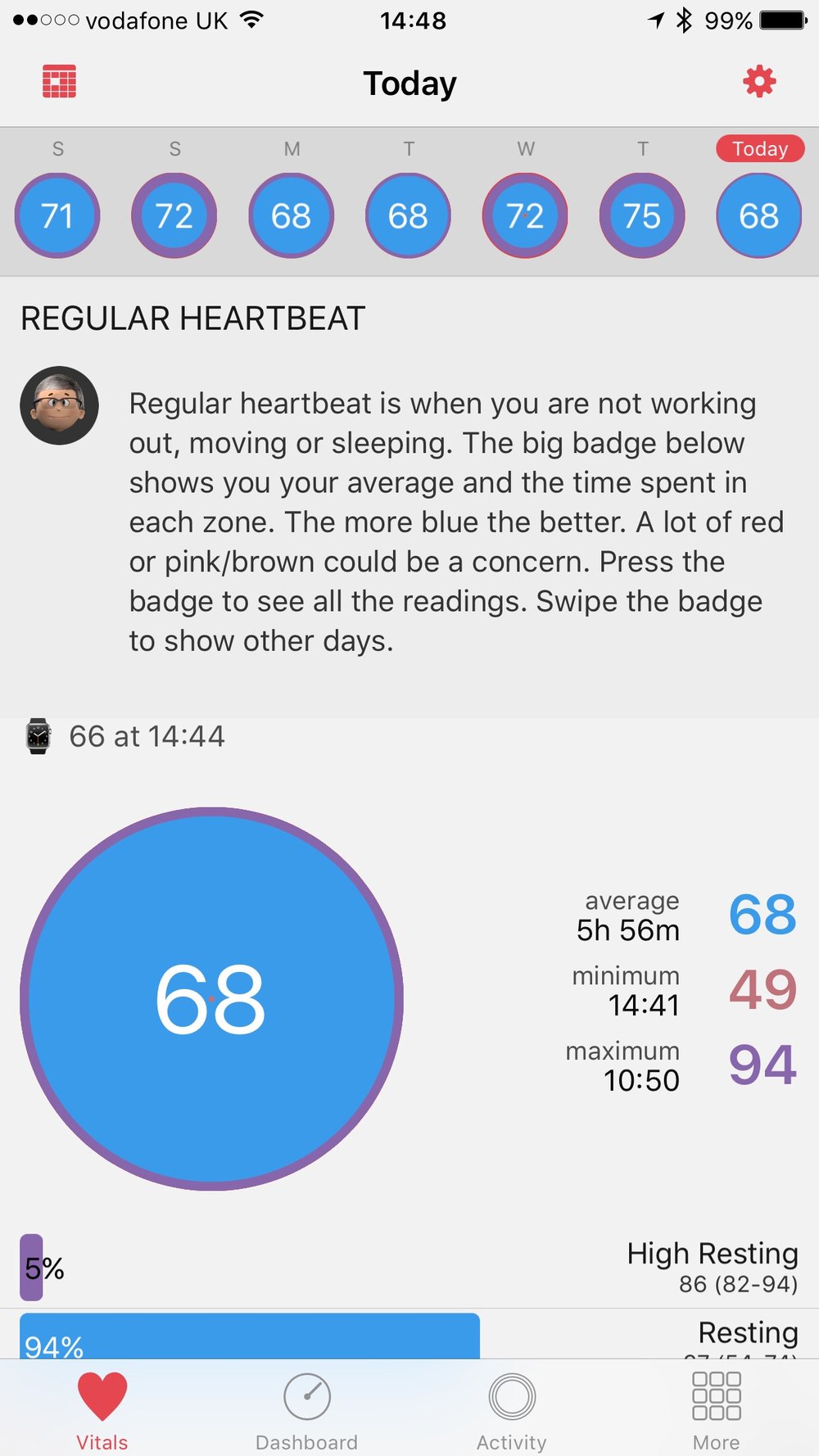
For me, though, it is the heart monitoring function that makes the Apple Watch indispensable. As someone who has in the past suffered from arrhythmia, keeping a check on my heart rate is important. While no one, least of all Apple, would claim that the heart-rate monitoring function of the Watch is 100% accurate or acts as a substitute for medical investigation, it does offer an excellent guide, establishing a trend which provides clear warning of problems. It may not tell you exactly what is happening but at least you know something is happening and you can seek further advice.
Wearing the watch is almost like using a medical Holter monitor 24/7. While the Holter is unquestionably more accurate and can detect a wider range of problems, it provides at best a snapshot. In the past I’ve worn monitors for 24 or 48 hours during which nothing has happened. Then, a few days later, I detect unusual but unmonitored activity. The beauty of the Watch is that it is always on guard, checking the pulse regularly throughout the day and night. As with everything, it is the trend that matters, not the spot reading.
If I get stressed I see an immediate reaction in the pulse rate. Exercise is reflected accurately and any unobserved but potentially dangerous episodes of rapid pulse while resting (one of the symptoms of arrhythmia which can increase stroke risk) are highlighted. Fortunately, I have remained free of symptoms but, without the Watch I could not be so sure.
The Watch definitely brings more peace of mind. I joined a US-based study programme with which I share my heart statistics. It provides a complementary application called Cardiogram. The system compares my results with those of thousands of other at-risk individuals and can identify unusual patterns. Although I have not yet had any alerts, I understand that the programme’s computers will warn me if anything untoward is detected.
Sleep quality
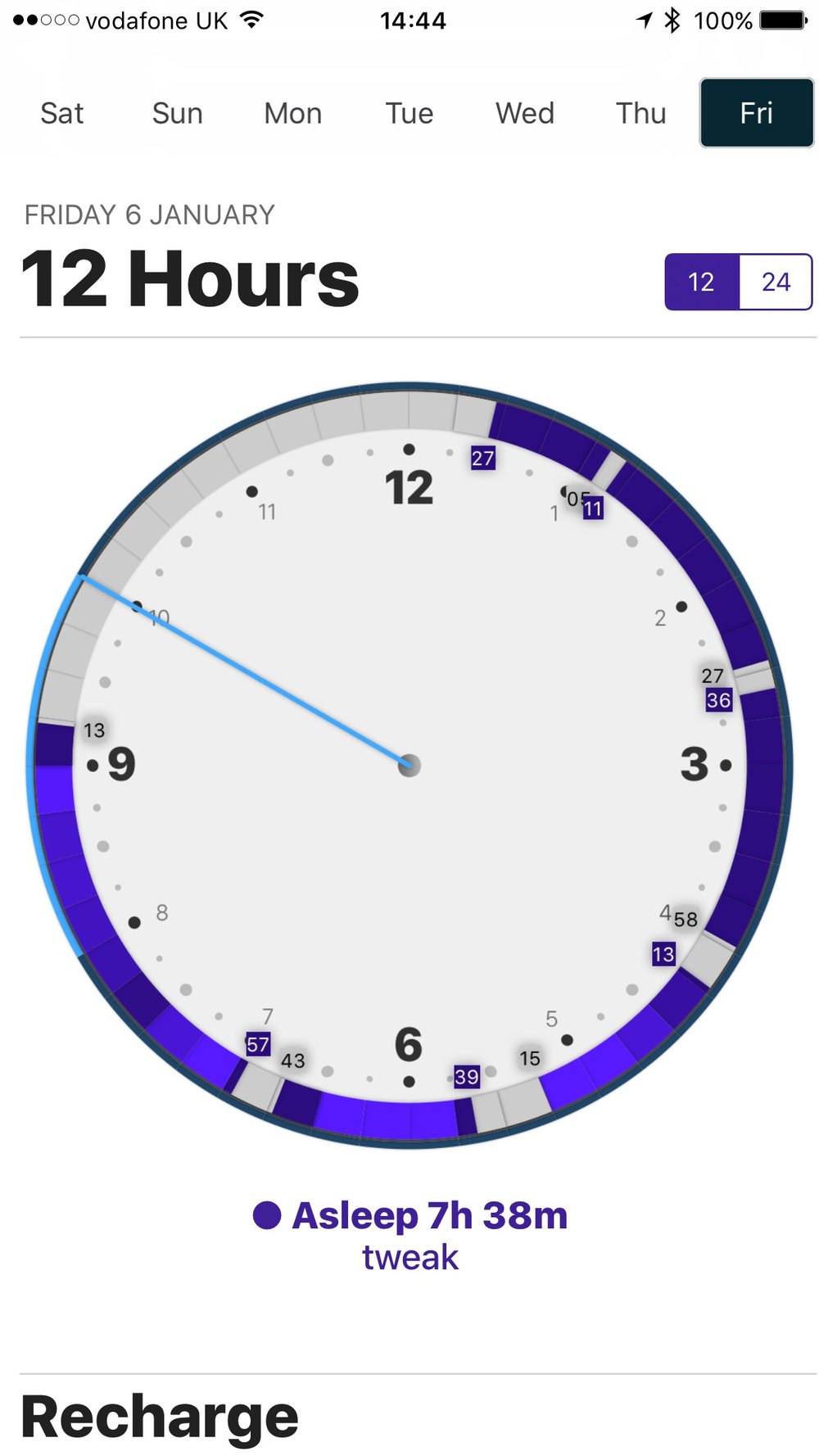
Recently I have been using the Watch to check sleep quality — another good indicator of general health. Over the past eighteen months I’ve tried various applications which require you to tell the iPhone when you intend to sleep and when you wake. The phone will then listen for restlessness. If the Watch is also worn, the pulse data can be incorporated — the deeper the sleep, the slower the pulse. But none of these applications is entirely satisfactory because they require conscious input.
Now, for the past two months, I have been using a new app, Autosleep, which, as the name suggests, needs no prompting or physical input. The downside is that the Watch must be worn in bed because the device’s movement sensor helps assess your status. It works in conjunction with pulse to detect the quality of sleep.
This creates a minor problem — when to charge the Watch. Previously I had left it on charge during the night. Now I have evolved an alternative charging regime involving two bouts — once while getting ready for bed in the evening, once while showering and dressing in the morning. I find this is sufficient to keep the battery topped up. When I am ready for sleep, after a chapter or two of the current book, I slip on the Watch and it then keeps sentinel during the night.
Autosleep has proved illuminating and, perhaps, a little concerning. I thought I slept well but I was wrong. Although I spend a good eight hours in bed every night, Autosleep detects substantial periods of restlessness and some wakefulness, although I am not really aware of this. Initially I was disappointed in the results, but the app has prompted me to change my habits.
I discover my sleep pattern is better when I am alone in bed. It is better when I leave the window open for fresh air and create a cooler environment. It is better when I am in a good mood and not feeling stressed; when I have no particular worry on my mind. All this, you say, is obvious. But it is the constant monitoring that is important, resulting in the ability to make improvements and avoid self-inflicted actions (such as drinking too much alcohol or eating just before bed time) that harm your sleep pattern.
Over the first week I was pretty astonished how long I was restless or actually awake during the night. I am now learning gradually to improve the quality of my sleep. I’ve progressed from a 50% sleep rating to 85% by paying more attention to causation. I feel better for it, waking more alert and not feeling so tired towards the end of the day. I’m working on it to achieve a 100% rating.
General health monitoring
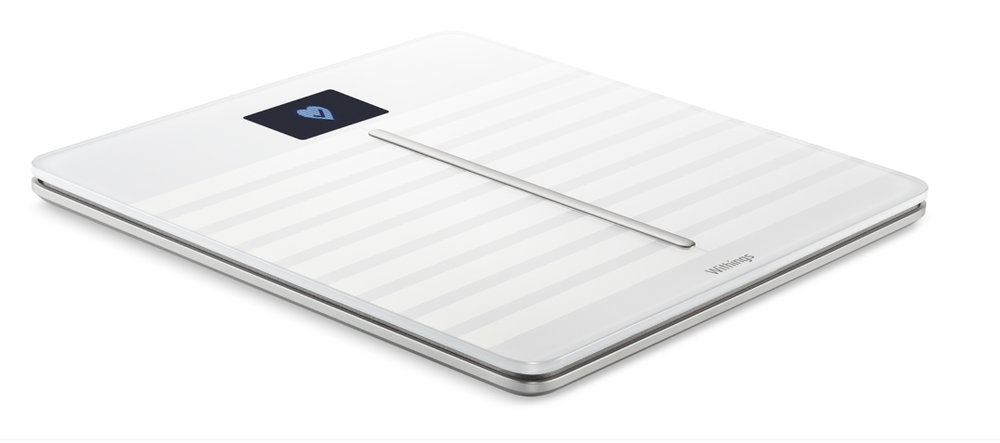
Gradually, then, I am adding to the health monitoring that is being recorded on my iPhone. The Watch and the iPhone are not the only tools at my disposal, however. I also own a Withing’s wireless blood pressure monitor which I use a couple or three times a week (not to become too obsessive) and a Withings body cardio scale which automatically sends data to the iPhone’s health applications. The scale weighs me, of course, but also calculates body mass index, hydration, pulse and (a new one to me), pulse wave velocity. While I don’t much understand the latter, I do know that my current reading, 7.5, is optimal and I am able to watch for any abnormal changes. I would stress that none of these readings will be medically accurate, but we are looking here for consistency rather than spot readings.
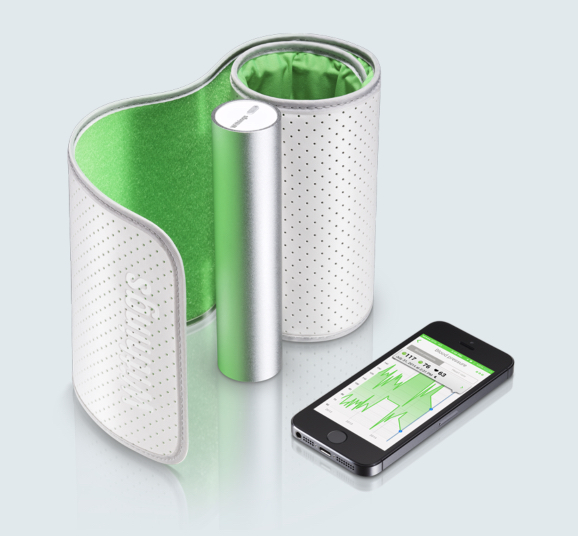
All this makes me sound like a first-class hypochondriac. I admit to a tinge or two of the condition, but I do understand that monitoring of health trends is important. We are now lucky in that we have devices such as the Apple Watch or Withing’s excellent products to provide day-in-day-out monitoring. The crucial aspect is the trend as I keep emphasising. If your weight starts rising you know what to do; everyone is aware of that because it is obvious. But resting heart beat, hydration, sleep quality, blood pressure are also indications of general health and any changes in the trends need the same attention and awareness that you apply to your waistline. They can warn of serious problems long before physical symptoms are recognised.
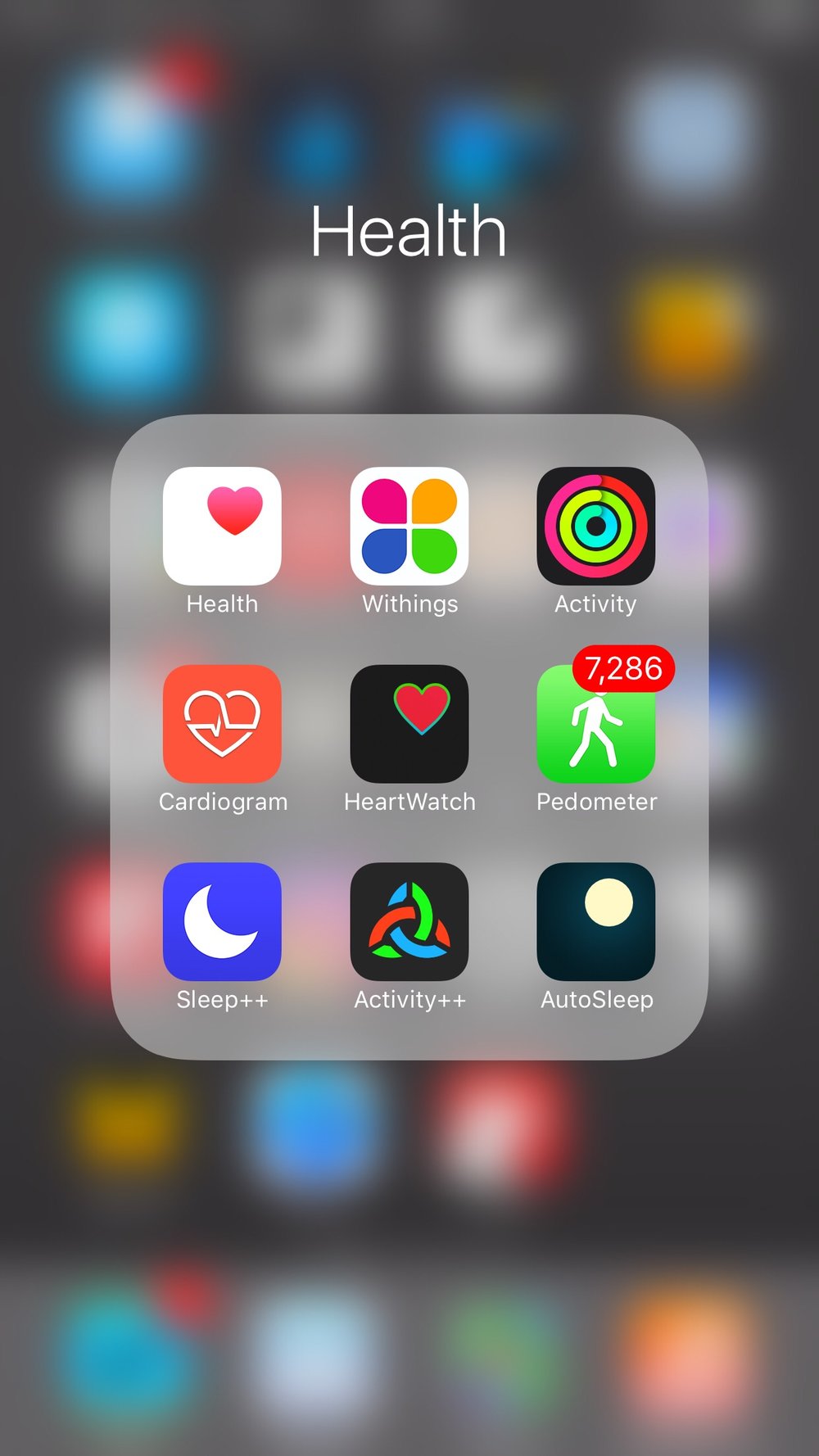
We all know of friends who seldom go for medical checkups, who have no idea whether or not they have high blood pressure, dangerously high cholesterol, arrhythmia or other conditions. Some like it that way; ignorance can indeed be bliss. Annual checkups help, of course, but they are just that — a quick insight on one day a year. Worse, particularly with conditions such as arrhythmia and random periods of tachycardia, is that they often go undetected until too late, even if you do go for regular checks. Constant monitoring should at least prompt you to seek help.
We are now entering an age when constant monitoring is becoming a realistic option. It enables us to improve awareness and encourages us to do take action before it is too late.
Hypochondria
While devices such as the Apple Watch are in their infancy from a health monitoring point of view, they will improve over the years and will become a vital part of preventive medicine. Soon people at risk will be monitored constantly, particularly for conditions such as arrhythmia and diabetes. It will become the norm. In the meantime, we can use these devices in their infancy to learn more about our bodies and to determine a trend where sudden variance will sound the warning bells.
Sadly, though, it is young, technically aware people who are most likely to adopt these monitoring regimes although they are least likely to suffer problems until they get older. Older people, who really do need monitoring, are less likely to be motivated.
I, for one, believe in monitoring. If this is hypochondria, I stand guilty as charged.
For an in-depth review of the Autosleep application check out this article in Macstories.
_________________
- Subscribe to Macfilos for free updates on articles as they are published. Read more here
- Want to make a comment on this article but having problems? Please read this

Hypochondria is an out of date concept Mike… Just like those ancient Greeks with all that democracy nonsense, the current buzzword (or rather phrase) being "worried well". 🙂
Anyway these wearable devices are certainly showing potential, however I am minded to suggest that constant monitoring one’s performance might be a stress factor in itself. Worrying about not meeting targets or something.
My view is that stress is the main catalyst in much ill-health, the straw that breaks the camel’s back… So to speak.
Stephen, you are absolutely right about stress. I don’t think I get stressed over the monitoring — I think it is important to note any warning signals and take action, especially with heart rhythm. What I do notice with the pulse monitor is that emotional stress (for instance, a near miss or even a wrong turning when driving) can spike the pulse over 100 without any form of exercise. Also, arguments (not that I have many) have a clear correlation in the pulse statistics when I view them. Recognising these facts helps calm one down. Stress is to be avoided, especially at our age.